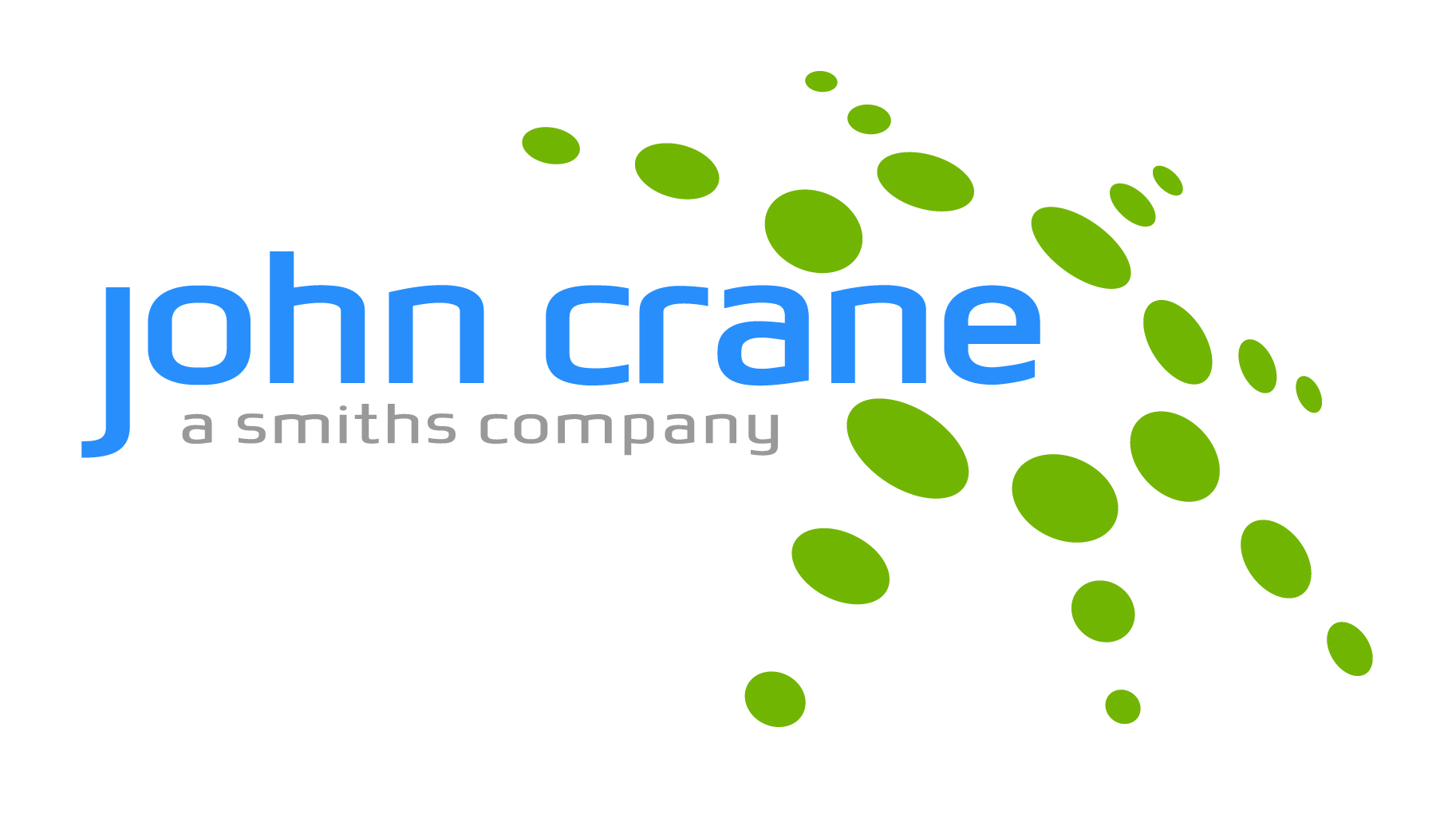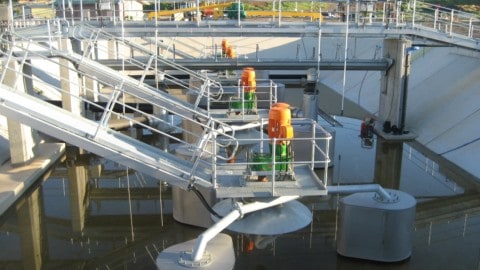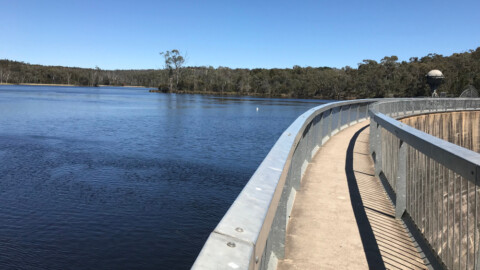Today’s wastewater is challenging for pumps because of its high content of solid materials. Pumps now have to be specifically engineered to avoid clogging. Advances in impeller technology have enabled the design of wastewater pumps with high resistance to clogging – even with difficult solids content. With the new XFP range, Sulzer now offers a complete product line for the reliable pumping of wastewater.
 The removal and treatment of wastewater in modern urban infrastructure has never presented a greater challenge. Most municipal wastewater must be transported using pumps. Today, the wet-pit wastewater submersible electric motor-driven pump is by far the most common solution in use.
The removal and treatment of wastewater in modern urban infrastructure has never presented a greater challenge. Most municipal wastewater must be transported using pumps. Today, the wet-pit wastewater submersible electric motor-driven pump is by far the most common solution in use.
Water conservation trends and controls are driving towards increased density of entrained solids as water consumption per capita sinks in most EU countries. At the same time, the solid and fibrous content in wastewater has become increasingly problematic.
The maintenance costs of wastewater systems increase, and clogged pipes lead to customer dissatisfaction and even legal claims. Residents of Brooklyn, NY, USA, recently filed a $5 million damage claim against well-known sanitary products manufacturers because of their clogged pipes and sewers.
The engineers for wastewater solutions have being working hard to keep ahead of these trends, and they continue to improve pump hydraulic design and build on a solid foundation of knowledge in wastewater pumping.
This foundation stretches back to the 1960s when pump designers at Sulzer/ABS recognised the advantage of the single-channel impeller for pumping water containing fibrous materials.
Several patented innovations were introduced. The most significant was the Contrablock™ system, which was based on an adjustable spiral wear plate acting in conjunction with an open single-vane impeller.
The key advantage was that it prevented fiber or rag buildup in the back leakage gap, resulting in greatly reduced pump blockages.
It can be argued that this technology has been the cornerstone of the success of Sulzer/ABS in the municipal wastewater market for the past five decades. During this period, the single-vane impeller has evolved in terms of performance, reliability, manufacturability and coverage.
Development of a new impeller technology
Early designs were based on basic geometries that could be defined and drawn in 2D, and reproduced by pattern-makers to enable the manufacture of repeatable-quality impeller castings.
Although these early versions were reliable and robust, their hydraulic efficiency was relatively poor compared with multichannel impellers. Typical maximum hydraulic efficiencies achieved were 50-55 per cent.
During the 1970s and 80s, following the first global energy crisis, it was recognised that the single-channel impeller needed a design upgrade to improve hydraulic efficiency while maintaining the already established reputation for high reliability in solids handling.
Sulzer engineers improved these designs through extensive prototyping and testing using hand-fashioned models.
The combined skills of hydraulic designers and pattern makers were used, and an improved range of impellers covering 1.5 kW to 7 kW was introduced.
Although results were good – with hydraulic efficiencies of 60-70 per cent – there was limited optimisation because of the huge prototyping workload.
The complex 3D vane shapes also presented a major challenge in foundry casting methods and in work holding for machining.
Especially difficult was the task of achieving an acceptable level of unbalance in the asymmetrical casting to allow dynamic balancing on the final machined impeller. All these challenges were overcome.
Large volumes in serial production continued up to 2010, when the old AFP range was replaced with the current XFP range.
Advances in design methods
 With the advent and adoption of 3D CAD modelling in the late 90s combined with new hydraulic design skills, it was possible to extend the single-channel Contrablock design up to 22 kW in a DN200 pump.
With the advent and adoption of 3D CAD modelling in the late 90s combined with new hydraulic design skills, it was possible to extend the single-channel Contrablock design up to 22 kW in a DN200 pump.
Methods for achieving dynamic balance in the CAD model were developed, and the lead times for the release of new designs to production were dramatically reduced.
During the next decade (1998–2008), a major collaborative effort with universities was undertaken to improve the understanding of the behaviour of the single-vane impeller with respect to efficiency and anti-clogging. Several PhD research projects were sponsored with the goal of capturing, codifying, and improving design methods.
For the first time, CFD simulations were used to analyse the flow behaviour in a single-vane impeller, and significant advances in understanding pulsation, velocity, and pressure distribution were achieved.
Methods for measuring and benchmarking the anti-clogging properties of wastewater pumps were also developed around this time.
Previous test methods were used for marketing and customer demonstration purposes, and were of little value in directing design improvements.
A “blockage index” ranking can now be established for all wastewater pump types. This index is based on a statistical analysis of pass/fail events in a repeated test procedure carried out in a specially constructed test rig.
High-speed digital video imaging procedures were established to observe and analyse blockage events inside the pump. This technique has enabled Sulzer hydraulic engineers to optimise impeller and wear plate geometries.
The support of an in-house rapid prototyping service for impellers and hydraulic components was essential in permitting continuous momentum in this activity.
Using dedicated five-axis high-speed CNC milling machines, it is now possible to produce working prototypes of impellers from 3D CAD models within 24 hours.
Improving hydraulic efficiency
With the knowledge and tools provided by this period of research, a major upgrade of the AFP wastewater pump hydraulics was made possible.
At the same time, efficiency legislation was driving the electric motor industry to higher levels and the availability of premium-class (IE3) motors was becoming an economic reality.
The combination of these two enabling technologies has led to the complete redesign of the AFP wastewater range.
With the design target of being equal or better, in terms of total efficiency and anti-clogging behaviour, than the market leader across all pump sizes, the new XFP range was launched in 2009. The complete range was finalised in 2011 from PE1 to PE6 (1.5 kW to 350 kW).
Although major improvements have been made in terms of hydraulic efficiency and anti-clogging reliability using new design tools and methods, there are more opportunities for advancement.
In the coming decade, the focus will be on the use of advanced optimisation tools such as modeFRONTIER® to achieve the maximum in hydraulic efficiency for the single-vane impeller.
This work will be closely linked and integrated with the use of advanced CFD tools to simulate the behaviour of liquid that contains fibers or rags.
The need for prototyping will be reduced considerably, but all designs will still need to be verified using laboratory tests and real life field tests. The results will establish optimal vane features to prevent rag build up and pump blockages.
As the 2020s approach we can expect to see some significant upgrades of the XFP wastewater range.
This partner content is brought to you by Sulzer. For more information, visit http://www.sulzer.com/en/Products-and-Services/Pumps-and-Systems/Submersible-Pumps/Submersible-Heavy-Duty-Pumps.
















